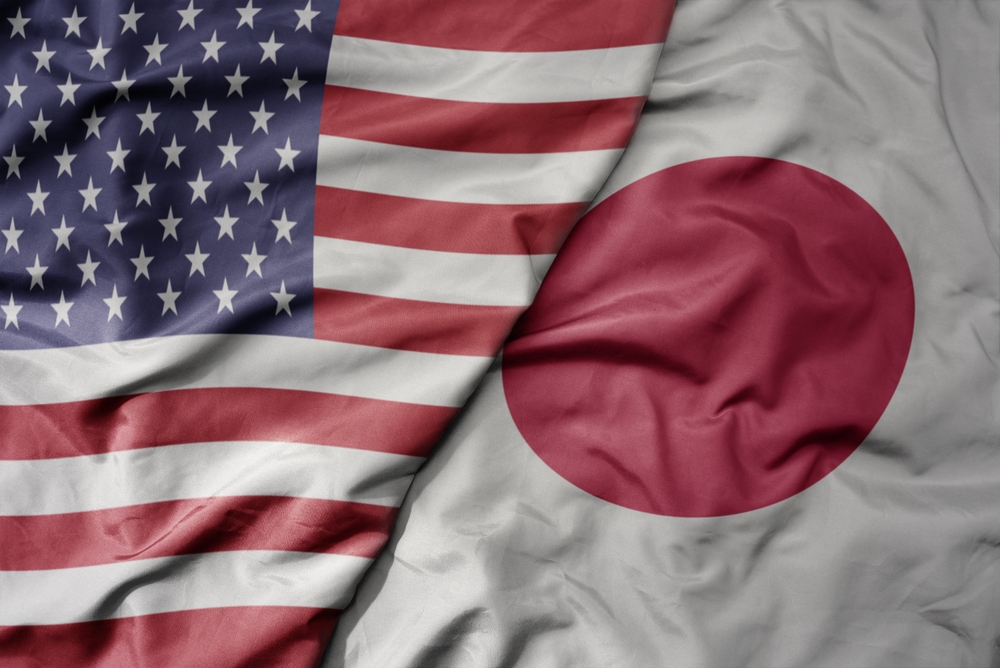In recent times, there has been a noticeable shift in consumer spending habits, particularly among different income groups. Reports from popular restaurant chains like Olive Garden and LongHorn Steakhouse says that transactions have increased among households with incomes above $150,000, while those making less than $50,000 have seen a decline. This trend is not isolated to the food industry; it extends to the beauty sector as well, with Ulta Beauty experiencing robust consumer spending, especially among younger consumers.
According to the latest earnings report, the company saw a 9.8% increase in total net sales to $11.2 billion in fiscal year 2023, driven by a 5.7% rise in comparable sales. However, this growth was primarily fuelled by higher-income consumers, as the report notes a 7.4% increase in transactions offset by a 1.5% decrease in average ticket. This suggests wealthier shoppers continued spending on beauty products, while lower-income consumers pulled back. The disparity is further highlighted by Ulta's commentary that "the near-term macro environment remains dynamic", indicating headwinds for more budget-conscious customers. In contrast, the company cited "the resiliency of the beauty category" and "growth opportunities ahead", underscoring the resilience of demand from its higher-spending customer base.
When we look at the broader picture of retail sales, the U.S. Census Bureau's data shows a modest increase of 0.6% in February 2024 compared to the previous month, and a 1.5% rise above February 2023. This growth, however, is uneven across sectors. Non-store retailers and food services have seen significant increases, while other areas like furniture and clothing stores have experienced declines.
The mixed signals from different retail segments reflect a complex consumer landscape. On one hand, the increase in transactions among higher-income households and the surge in specific categories like beauty products indicate a selective willingness to spend. On the other hand, the overall modest increase in retail sales and the decline in transactions among lower-income households suggest a cautious approach to spending, likely influenced by economic uncertainties.















